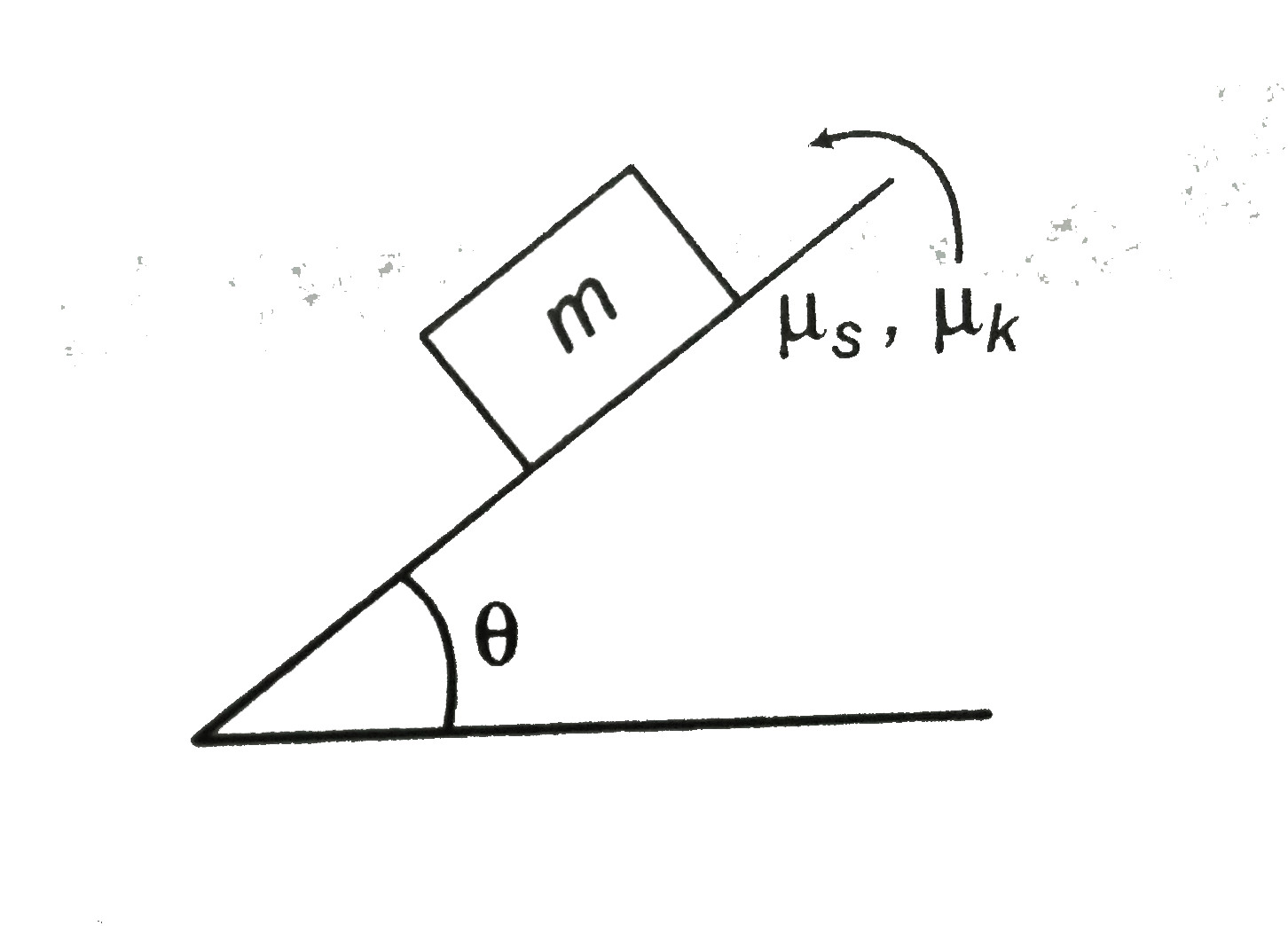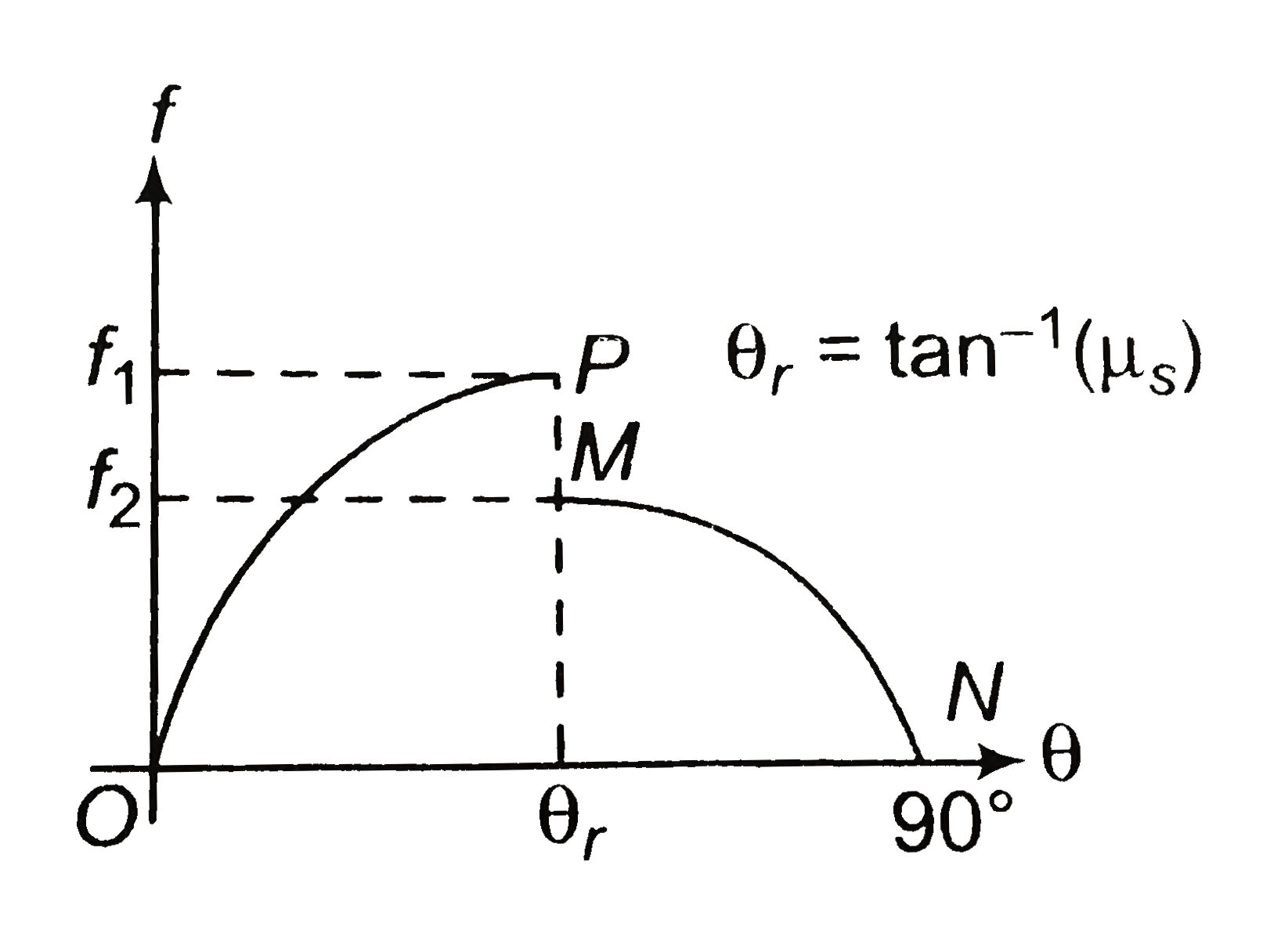Text Solution
Verified by Experts
The correct Answer is:
|
Topper's Solved these Questions
LAWS OF MOTION
DC PANDEY|Exercise Exercise 8.1|10 VideosView PlaylistLAWS OF MOTION
DC PANDEY|Exercise Exercise 8.2|9 VideosView PlaylistLAWS OF MOTION
DC PANDEY|Exercise Medical entrances gallery|39 VideosView PlaylistKINEMATICS 1
DC PANDEY|Exercise INTEGER_TYPE|15 VideosView PlaylistLAWS OF THERMODYNAMICS
DC PANDEY|Exercise Level 2 Subjective|18 VideosView Playlist
Similar Questions
Explore conceptually related problems
Knowledge Check
Similar Questions
Explore conceptually related problems
DC PANDEY-LAWS OF MOTION-Miscellaneous Examples
- In the odjoining figure, angle of plane theta is increased from 0^(@)t...
07:34
|
Playing Now - Figure shown two blocks in contact sliding down an inclined surfase of...
07:57
|
Play - Figure shown a man standing stationary with respect to a horizontal co...
05:56
|
Play - Two block of masses m =5kg and M =10kg are connected by a string passi...
04:07
|
Play - Consider the situation shown in figure. The block B moves on a frictio...
06:28
|
Play - Two block A and B of masses 1kg and2kg respectively are connected by ...
17:49
|
Play - Find the acceleration of the body of mass m(2) in the arrangement show...
05:30
|
Play - In the arrangement shown in figure the mass of the ball is eta times a...
08:56
|
Play - Figure shown a small block A of mass m kept at the left end of a plank...
13:14
|
Play

